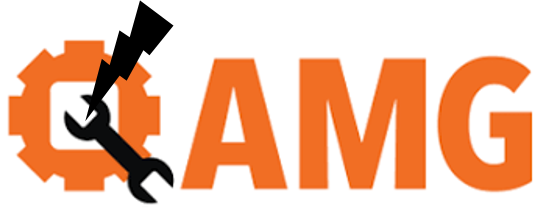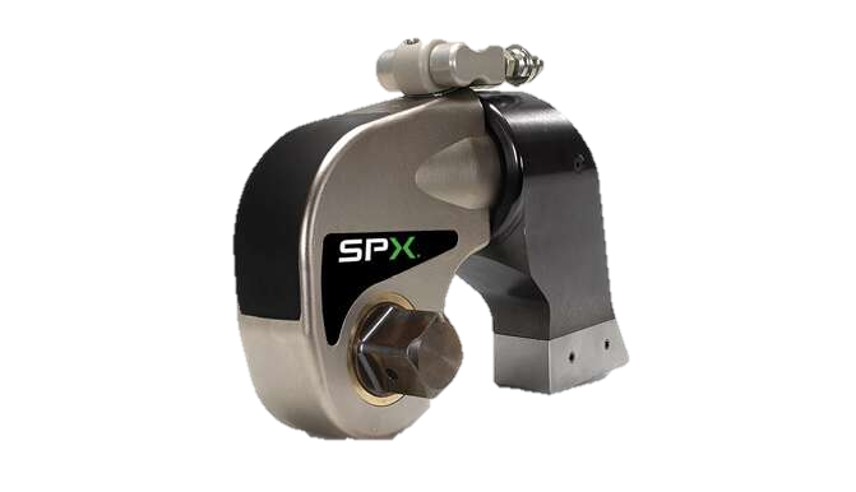Yes, take over Torque Multipliers!
These amazing tools give operators the advantage of increasing the gear ratio and minimizing input effort. The wonder tool is a must-have for professionals and DIY enthusiasts alike. But it is important to know the types of Torque Multipliers available in the market and how to use them to their best capabilities.
Here’s everything you ever wanted to know about how Torque Multipliers work.
What are the different types of Torque Multipliers?
You will come across 3 different types of Torque Multipliers in the market: Hydraulic Torque Multiplier; Pneumatic Torque Multiplier and Manual Torque Multiplier. Before you choose one of them, you should know how they operate to be able to use them effectively. The first 2 multipliers are electronically operated and need a source of power. The last one as the name suggests can be operated manually any time and at any place.
How do different Torque Multipliers work?
Hydraulic Torque Multipliers work with the help of microprocessors that control the torque multiplication with the help of an in-built controller. They are best used in industrial environments where heavy-duty bolt fastening is a continuous process. These tools retain best usability with yearly inspection or after every 1000 hours of use- whichever is earlier.
Pneumatic Torque Multipliers use compressed air power to provide the desired tightening of bolts or the necessary torque while unfastening them. They work using a uniform and continuous rotational movement.
Manual Torque Multipliers are an engineering marvel that are used in the industrial and non-industrial environments. The hand-operated tool transfers the manual force multiplying it to tighten or loosen industrial and non-industrial bolts. Lightweight and portable, they are suited for use in any environment.
It’s not enough to know only the working principles of the multipliers, but it is also important to know how to work safely with each tool.
How to work with Torque Multipliers
Irrespective of their type, all 3 Torque Multipliers are designed to facilitate the task of fastening and loosening nuts and bolts. It is always advisable to read users’ manual carefully before handling them. Here’s an overall round-up of how each Torque Multiplier works.
Using a Hydraulic Torque Multiplier safely
- Place multiplier on an even surface.
- Insert the reaction arm into the spline.
- Secure the standard socket on the square drive of the device.
- Set the torque to the desired level.
- Secure the standard socket or connector to the nut or bolt.
- The multiplier should be vertical when in use to avoid damage. The support arm should be on the same level as that of the socket or connector.
- The motor stops once the pre-set torque is attained.
Using a Pneumatic Torque Multiplier safely
- Connect Torque Multiplier to air supply.
- Check airflow with the tool in the running mode.
- Assemble together “O” ring, socket and retaining pin.
- Avoid using universal joint.
- Do not use extra-long socket extension.
- Set torque checking specifications according to nut size.
- Adjust air pressure with the tool running free.
- Steady the tool with your hands keeping it away from the reaction point.
- Fasten bolt/nut/screw until the tool comes to a complete stop. Make sure not to exceed maximum air-pressure as per manufacturer’s guidelines.
- Release air-pressure until all air is depleted.
- Remove air hose.
Using a Manual Torque Multiplier safely
- Set wrench torque as per individual model and specifications set by manufacturer.
- Assemble “O” ring, socket and retaining pin.
- Do not use extra-long socket extension.
- Check that wrench rotates in the correct direction before placing it on multiplier.
- Pick a suitable reaction point.
- Tighten multiplier until you hear the “click” sound indicating that tool is ready for use.
- Never strike the anti-wind-up ratchet.
- Release wind-up by replacing wrench and loading it. Reverse direction and release wind-up in a safe and controlled way.
Torque multipliers are designed to ease work load but it always pays to be careful with any tool.
Why use Torque Multipliers?
Torque Multipliers have revolutionized the way that industrial operators and even DIY enthusiasts work their ways out with heavy-duty or simple nuts and bolts. Torque is the product of the force applied and the distance at which the force is applied. Using the Torque Multiplier then reduces the force load by increasing the distance between the joint and the force.
Whether it is to fasten or to loosen the bolts, Torque Multipliers have immense roles to play in reducing workload. While the manual ones help reduce the manual effort, hydraulic and pneumatic torque wrenches have the additional benefit of totally mechanizing the effort.

